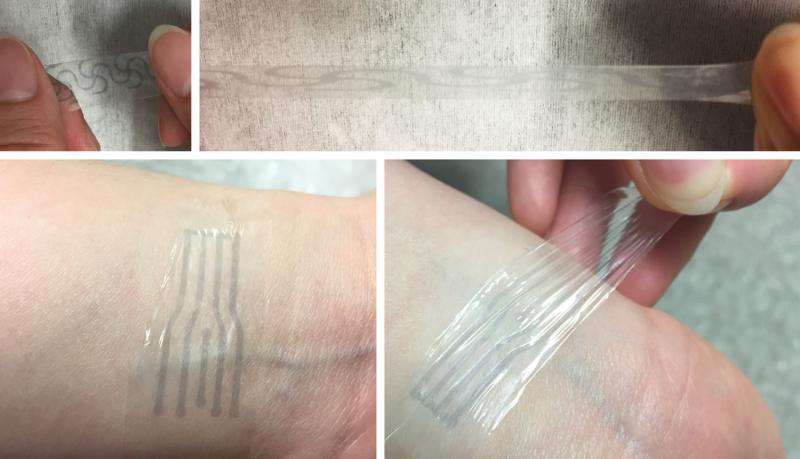Best of Last Week–Wi-Fi on rays of light, running away from Einstein and a breakthrough in identifying heart attack risk

(ScienceX)—It was a good week for technology as a team with Eindhoven University of Technology announced that they had come up with Wi-Fi on rays of light—a wireless network based on infrared rays that is 100 times faster than current systems and never overloads. Also, a team at Stanford University reported that they developed a plastic electrode that stretches like rubber but carries electricity like wires—it is also compatible with human nerves. And a team with a European superconductivity research project called Eurotapes announced a superconductivity breakthrough—a superconducting tape 600 meters long that is able to conduct 100 times more electricity than copper.
In news from space, an international team of researchers using a telescope in northern Chile reported that they observed a dying red giant star's final act. And another international team of astronomers reported on a mysterious isolated object they investigated—they believe it is it either an isolated planet-like object or a low-mass brown dwarf. A team at the University of St. Andrews reported on their study of a ring of galaxies that appear to be moving away from us faster than predicted, which they describe as "running away from Einstein."
Also, two news stories made the headlines this week. In the first, a combined team from the University of Basel and Lund University announced that they had found that spiders eat 400-800 million tons of prey every year making them one the world's most species-rich and widespread groups of predators. In the other story, archaeologist David Wright with Seoul National University publicly wondered, whether humans created the Sahara Desert. He thinks we might have. In an unrelated story, a team at Oregon State University found that a dietary anti-cancer compound may work by influencing cellular genetics—and it is found in broccoli.
And finally, if you are one of the billions across the planet trying to avoid having a heart attack, you might be interested in a new study that found a potential breakthrough in determining who's at risk for heart attacks—a team at Intermountain Medical Center Heart Institute found that hard plaque in arteries may be more deadly than soft plaque after all.
© 2017 ScienceX